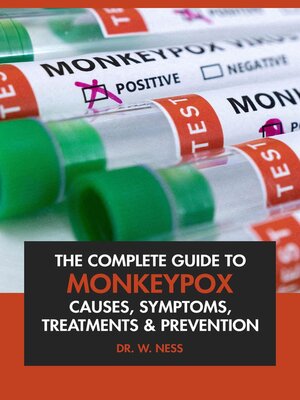
Sign up to save your library
With an OverDrive account, you can save your favorite libraries for at-a-glance information about availability. Find out more about OverDrive accounts.
Find this title in Libby, the library reading app by OverDrive.



Search for a digital library with this title
Title found at these libraries:
| Library Name | Distance |
|---|---|
| Loading... |
Monkeypox, though less known than diseases like COVID-19 or Ebola, is a significant public health challenge, particularly in regions where the virus is endemic. First identified in monkeys in 1958, monkeypox primarily spreads to humans through contact with wild animals and can also be transmitted between people. Historically confined to Central and West Africa, the virus occasionally caused contained outbreaks. However, in 2022, monkeypox surged unexpectedly across multiple countries outside Africa, raising global concerns about its spread and highlighting gaps in public health preparedness.
This resurgence underscores the interconnected nature of global health and the challenges posed by emerging infectious diseases. It also reveals vulnerabilities in health infrastructure, surveillance, and response systems, especially for less well-known diseases. Environmental factors, like deforestation and wildlife trafficking, further complicate the situation by driving the emergence and re-emergence of zoonotic diseases like monkeypox.
The response to monkeypox emphasizes the need for a proactive and comprehensive approach to managing infectious diseases. International cooperation, strong national health systems, and clear communication are crucial in addressing these outbreaks. The recent spread of monkeypox is a reminder of the ongoing threat posed by zoonotic diseases and the importance of vigilance, preparedness, and global collaboration to prevent future outbreaks and protect public health.






